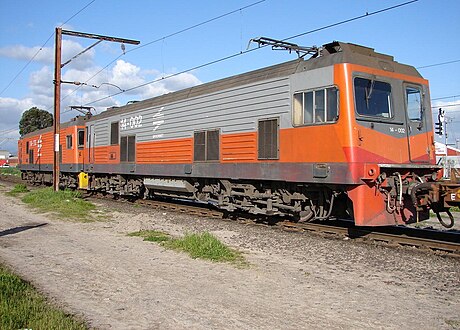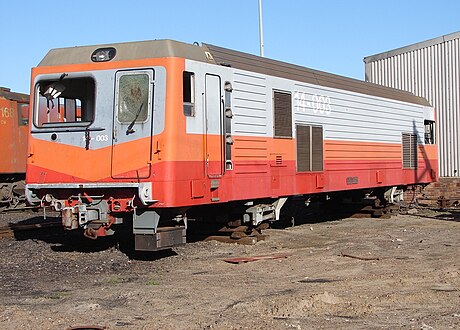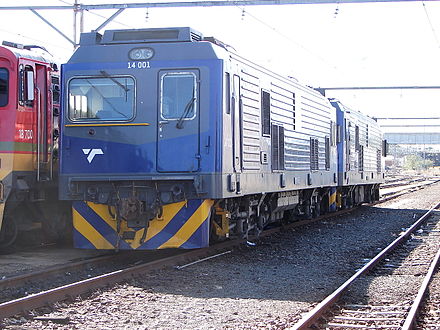
MetroBlitz was an experimental high speed commuter train service between Pretoria station and Johannesburg Park Station via Germiston, operated by the South African Transport Services (SATS). It started service on 16 January 1984.

The South African Railways Class 1E of 1925 was an electric locomotive.
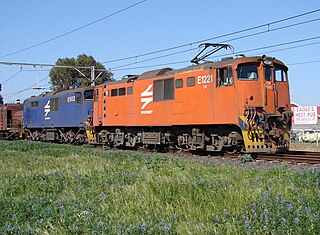
The South African Railways Class 6E of 1970 was an electric locomotive.

The South African Railways Class 6E1, Series 2 of 1971 was an electric locomotive.

The South African Railways Class 6E1, Series 4 of 1973 was an electric locomotive.

The South African Railways Class 6E1, Series 8 of 1979 was an electric locomotive.

The South African Railways Class 7E is an electric locomotive. South African Railways placed 100 Class 7E electric locomotives with a Co-Co wheel arrangement in service in 1978/79. They were the first 25 kV AC locomotives to enter service in South Africa.

The South African Railways Class 7E1 of 1980 is an electric locomotive.
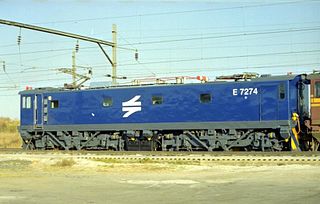
The Spoornet Class 7E4 of 2001 is a South African electric locomotive.

The South African Railways Class 7E3, Series 2 of 1984 is an electric locomotive.

The South African Railways Class 9E, Series 1 of 1978 is an electric locomotive.

The South African Railways Class 9E, Series 2 of 1982 is an electric locomotive.
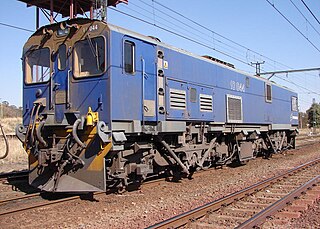
The South African Railways Class 10E of 1985 is an electric locomotive.

The South African Railways Class 11E of 1985 is an electric locomotive.

The South African Railways Class 12E of 1983 was an electric locomotive.
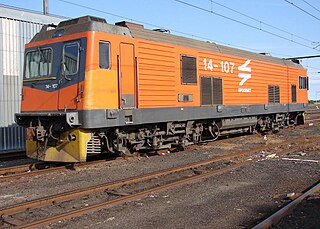
The Spoornet Class 14E1 of 1994 was a South African electric locomotive.

The Spoornet Class 18E, Series 1 of 2000 is a South African electric locomotive.

The South African Railways Class 34-000 of 1971 is a diesel-electric locomotive.
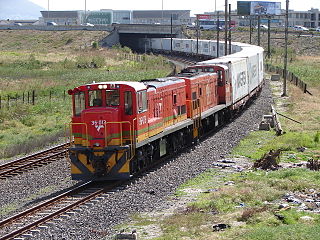
The South African Railways Class 36-000 is a diesel-electric locomotive.

The Transnet Freight Rail Class 20E of 2013 is a South African electric locomotive.




